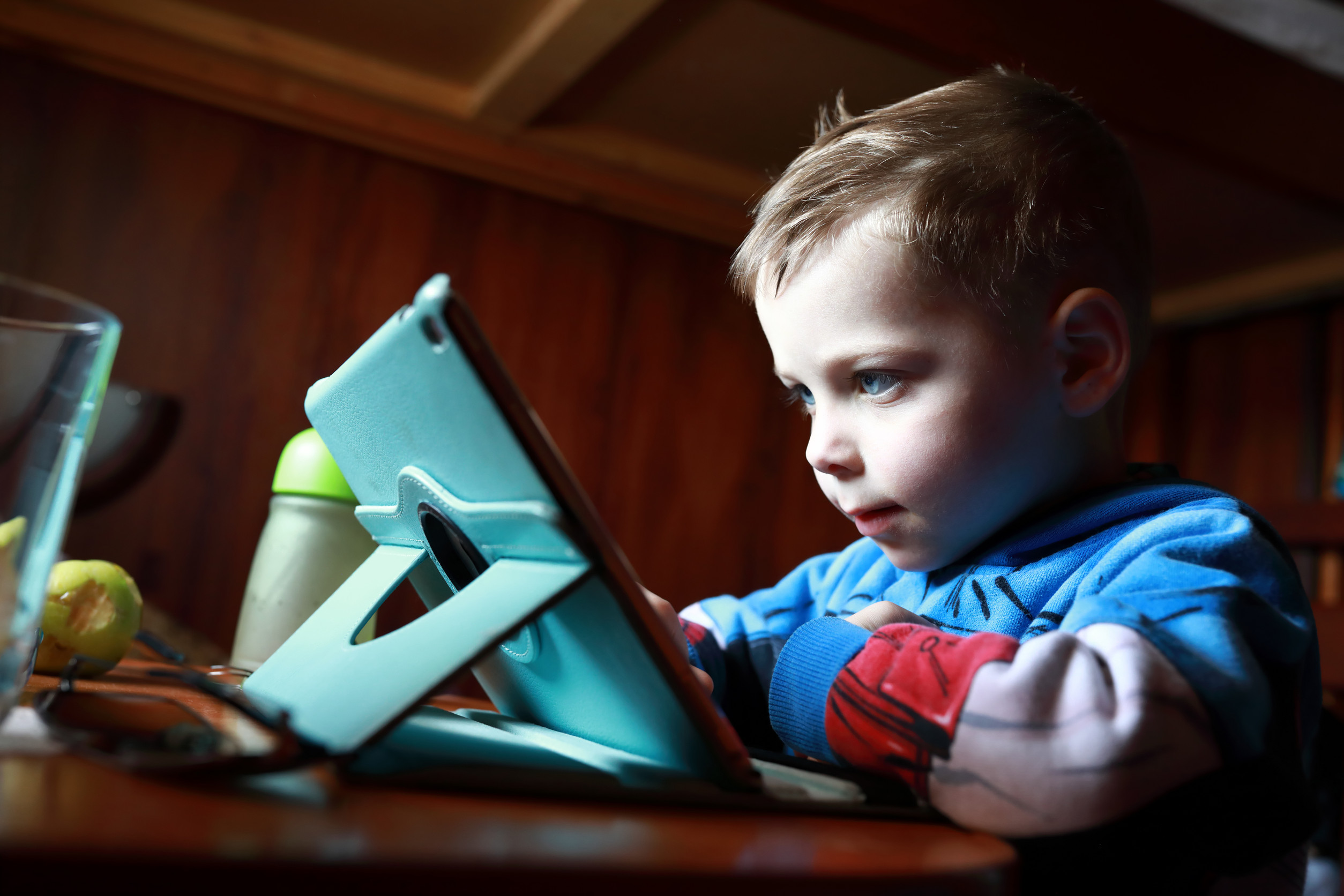Technology has made parenting more convenient, but those same tools can create new risks that parents often overlook. While apps, devices, and online platforms promise safety and efficiency, they can also open the door to strangers if not used carefully. Many families rely on parenting tech shortcuts to save time, yet these shortcuts can compromise privacy and security. Being aware of the hidden dangers behind these tools is the first step toward protecting your child.
1. Location-Sharing Apps That Overshare
Parents often use apps that allow kids to share their location, believing this keeps them safe. The problem is that some apps make tracking information accessible to more than just parents. Strangers can exploit weak privacy settings and gain access to real-time data about where your child is. Even if the app seems trustworthy, third-party data sharing can expand the risk. Reviewing permissions and limiting who has access is crucial when relying on these parenting tech shortcuts.
2. Smart Speakers Listening In
Many households use smart speakers for homework help, music, or entertainment. However, these devices often record conversations and store them in the cloud. If accounts are not properly secured, strangers or hackers could access sensitive information. Children may unknowingly share details about their school, friends, or routines while chatting with the device. Parents should always check privacy settings and avoid linking personal accounts too freely to these parenting tech shortcuts.
3. Kid-Friendly Tablets with Weak Security
Tablets designed for children often come preloaded with apps and games. While they appear harmless, some apps collect data without clear consent. Free games in particular may expose kids to strangers through chat features or hidden advertising networks. The default settings on these devices rarely prioritize security. Parents should adjust restrictions before handing tablets over, because these parenting tech shortcuts can create digital entry points for outsiders.
4. Social Media Profiles for Young Kids
Some parents create social media accounts for their children to share milestones with friends and family. Unfortunately, these profiles can be discovered by strangers if privacy settings are left unchecked. Photos, names, and even location tags can provide more personal information than parents realize. Once shared, images and posts can be copied or misused without consent. Using these parenting tech shortcuts to simplify sharing may inadvertently expose a child’s personal life to the public.
5. Homework Help Apps That Collect Data
Digital homework helpers seem like a dream come true for busy families. Yet many require account creation, data entry, or even access to a child’s camera and microphone. This data may be sold to advertisers or left vulnerable to breaches. Some apps also allow peer-to-peer interactions that aren’t always closely monitored. Parents should carefully vet any platform, because these parenting tech shortcuts often prioritize convenience over safety.
6. Video Calling Tools Without Supervision
Video chats help kids stay in touch with family and friends, but unsupervised use can lead to risky connections. Many platforms allow users to be contacted by strangers if privacy settings aren’t configured properly. Kids may accidentally accept calls or messages from people they don’t know. Even well-meaning relatives can leave devices unlocked, giving others an opening. Parents should supervise video calls and use parental controls to minimize the risks tied to these parenting tech shortcuts.
Awareness Protects What Shortcuts Can’t
Convenience is tempting, and parenting tech shortcuts can save valuable time. Yet shortcuts should never come at the cost of safety. By paying attention to privacy settings, monitoring device use, and asking tough questions about data collection, parents can stay one step ahead. Technology itself isn’t the enemy, but careless use can expose kids to strangers. Staying vigilant ensures children enjoy the benefits of tech without being put at unnecessary risk.
What parenting tech shortcuts do you rely on, and how do you make sure they stay safe for your child? Share your thoughts in the comments below.
What to Read Next…
How Much Screen Time Is Quietly Reshaping Childhood Behavior?
The Dark Side of Kids’ YouTube You Didn’t See Coming
Are We Giving Our Kids Too Much Freedom Too Soon? Here’s Why You Might Be Wrong








